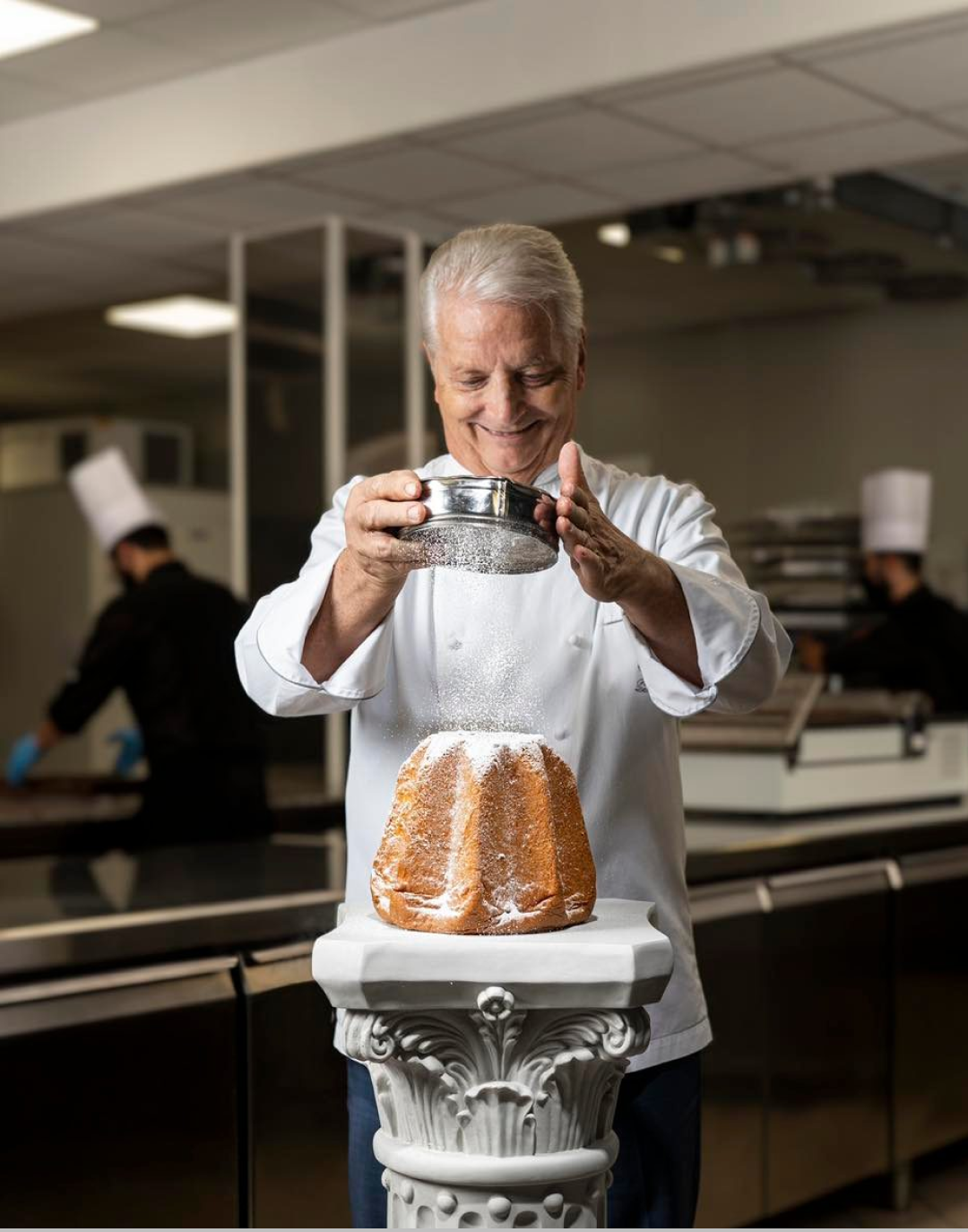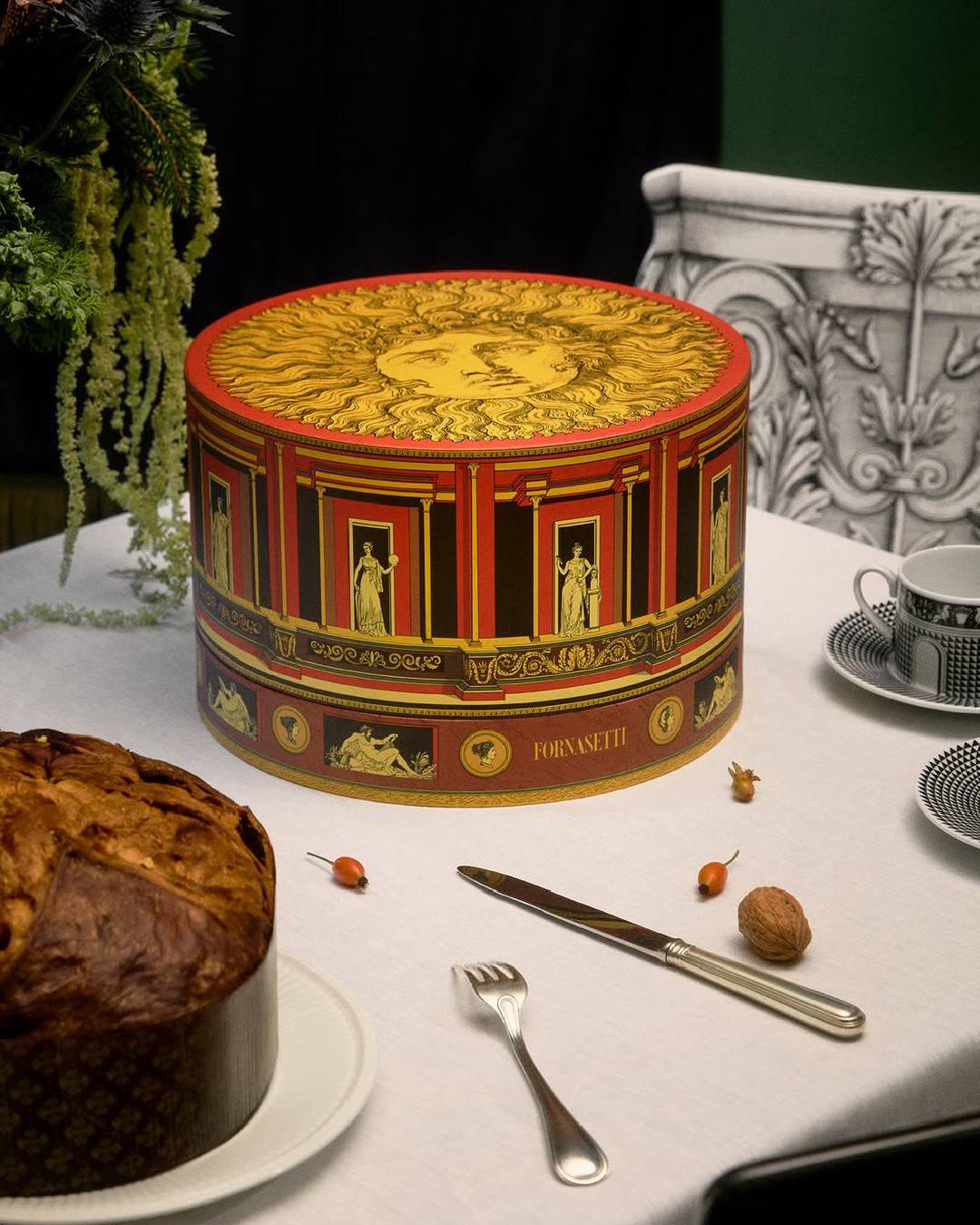
We're running out of matcha Although in Japan they don't drink it so often anymore
Thousands of memes and informative content about matcha circulate on the internet. This unique type of Japanese green tea was discovered by Buddhist monks centuries ago. Consumed in the form of tea leaf powder mixed with hot water using a bamboo whisk (known in Japan as cha-sen), the beverage has gained worldwide recognition in recent years due to its distinctive taste (which skeptics often compare to the scent of freshly cut grass) and its incredible health benefits. The TikTok “clean girls” drink it iced after their Pilates class, pastry chefs use it to add personality to their recipes, but now, the Japan Times reports that we are on the brink of a real "Matcha Shortage". Kyoto’s most famous tea companies, Ippodo and Marukyu Koyamaen, have introduced purchase limits for the first time on the powder, just as more and more stores across the country are running out of stock. The root of the issue, as explained by the publication, is that the viral tea is the first-flush variety, a type of matcha that is harvested only once a year and was historically reserved for ceremonies.
@kristeacafe never drink -matcha again. learn how to perfectly make matcha lattes at home with this recipe #matcharecipe #matchalatte #howto supïdo by frozy - frozy
Kametani Tea, one of the leading international suppliers of matcha raw material, has reported that since 2019, production has increased by 10% year after year. The biggest paradox of the matcha boom is that while demand for green tea-based drinks is continuously rising worldwide, consumption in Japan has been declining for years. The Japanese Ministry of Agriculture reports that more than half of the country's matcha is exported, and that from 2010 to 2023, tea production has almost tripled. The transformation of the market is not surprising, given the vast amount of content on matcha that has been shared since the beginning of the pandemic. It all started on TikTok when Korean "Dalgona coffee" took over the platform’s For You page, inspiring thousands of users and content creators to make aesthetically pleasing drink recipe videos. It didn’t take long before coffee-tok discovered matcha latte, which, with its bright green color, stands out even more on screen: from 2020 to today, searches for matcha have increased by 520%. The “clean girl” aesthetic, which strongly emphasizes mental and physical wellness routines, has also contributed to matcha's growing popularity. With its antioxidant and energizing properties (without relying on caffeine), it presents itself as a healthy alternative to coffee.
The international boom of matcha-based drinks has been amplified by social media, reaching markets where it was previously unknown. According to a spokesperson for matcha producer Yamasan, as reported by the Japan Times, in the past three years, the company has received orders from a wave of new geographical regions, including Africa and the Middle East, with the United Arab Emirates now being one of the main consumers. Matcha’s popularity is significantly contributing to Japan’s economy—also impacting the tourism sector—but expanding production is not that simple: it takes up to five years for matcha leaves to grow, which then need to be dried and ground into powder. Furthermore, to preserve tea quality, the grinding process must be done slowly (on average, it takes an hour to produce forty grams of powder), and even the manufacturing of the machines requires significant time (up to a month for a stone mill). All these factors contribute to making matcha tea special, and sacrificing quality for increased production would be a serious loss. Finally, another unresolved issue for matcha producers is the lack of farmers in tea plantations: the government reports that between 2000 and 2020, the number of field workers has decreased by 77%. Japan’s only option is to encourage production through targeted investments or, like Ippodo and Marukyu Koyamaen, introduce purchase limits. Otherwise, like all trends, the viral matcha latte craze might eventually fade away.












































